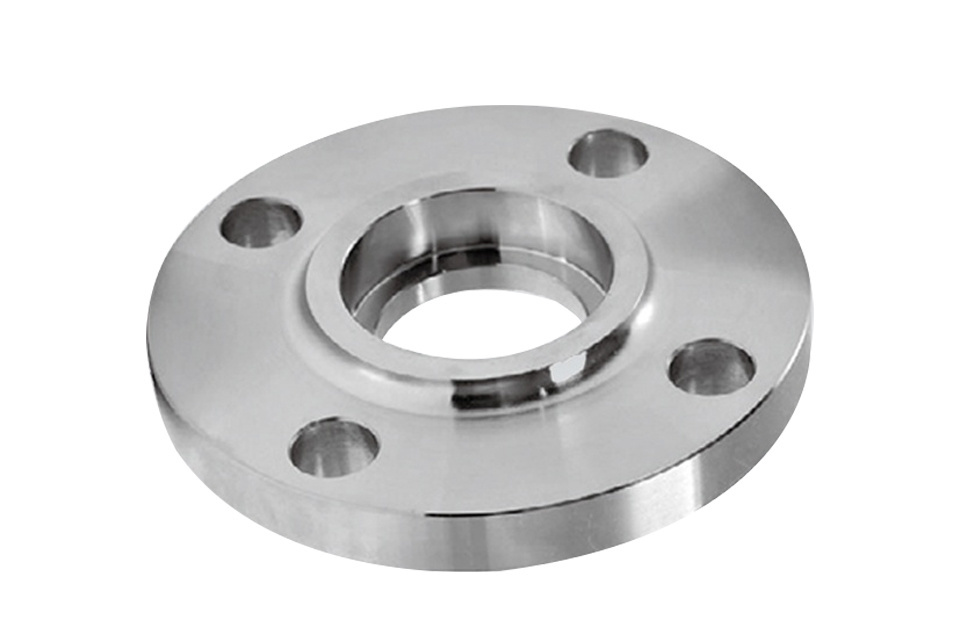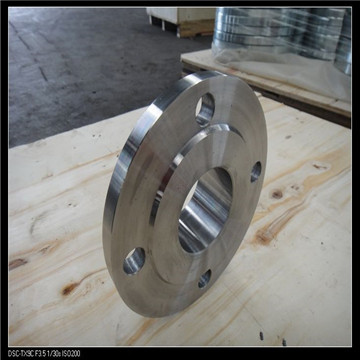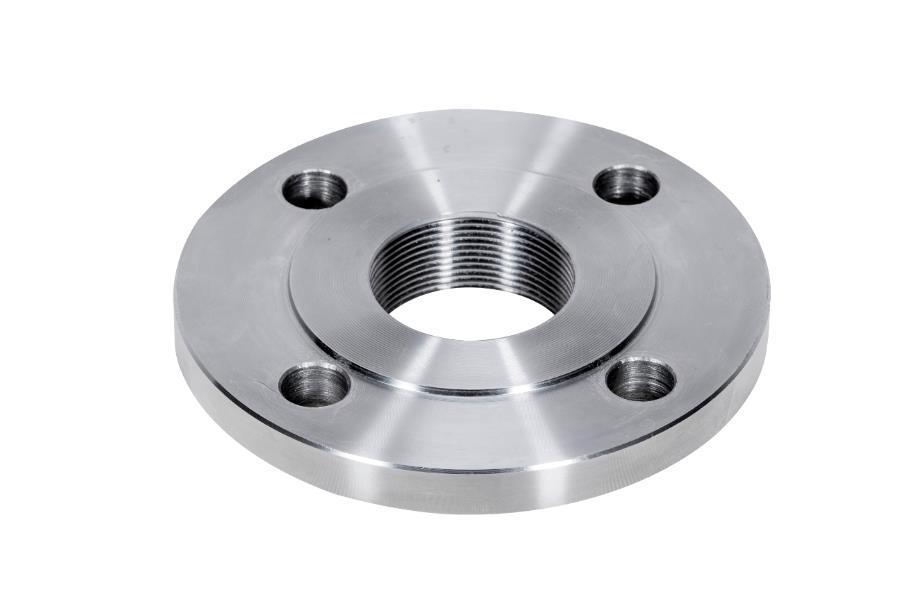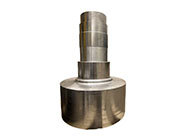How to Choose the Right Japanese Standard Flanges for Your Project
Release time:
2025-05-19
How to Choose the Right Japanese Standard Flanges for Your Project When embarking on a construction project, selecting the appropriate components is crucial for ensuring the integrity and efficiency of your systems. Among these components, **Japanese standard flanges** hold significant importance, especially in piping systems. This guide provides a detailed exploration of how to choose the right f
How to Choose the Right Japanese Standard Flanges for Your Project
When embarking on a construction project, selecting the appropriate components is crucial for ensuring the integrity and efficiency of your systems. Among these components, **Japanese standard flanges** hold significant importance, especially in piping systems. This guide provides a detailed exploration of how to choose the right flanges, ensuring that your project meets both safety standards and operational requirements.
Table of Contents
- Understanding Japanese Standard Flanges
- Types of Japanese Standard Flanges
- Material Considerations for Japanese Standard Flanges
- Analyzing Pressure Ratings and Standards
- Selecting the Right Size for Your Project
- Installation Considerations for Japanese Standard Flanges
- Common Applications of Japanese Standard Flanges
- Frequently Asked Questions
- Conclusion
Understanding Japanese Standard Flanges
Flanges are critical components in piping systems, acting as connectors between different sections of pipe, valves, and other equipment. **Japanese standard flanges** are recognized for their precision engineering and adherence to strict quality standards. These flanges come in various designs and specifications, tailored to meet the demands of diverse industrial applications.
What are Japanese Standard Flanges?
Japanese standard flanges conform to specific national standards, ensuring compatibility and reliability. They are extensively used across various sectors, including construction, petrochemicals, and food processing. Understanding the types and specifications of these flanges is essential for anyone involved in piping system design or installation.
Types of Japanese Standard Flanges
When selecting the right flange for your project, it's essential to understand the different types available. The common types of **Japanese standard flanges** include:
1. Slip-On Flanges
These flanges are designed to slip over the pipe's end, making them easy to align and weld. They are commonly used for low-pressure applications.
2. Weld Neck Flanges
Weld neck flanges are ideal for high-pressure systems. They feature a long tapered neck, which provides excellent strength and alignment during installation.
3. Blind Flanges
Blind flanges are used to seal the end of a piping system. They are critical for preventing leaks and maintaining pressure in the system.
4. Socket Weld Flanges
These flanges are used for small-diameter pipes and are welded directly to the pipe's end. They offer excellent resistance to high pressure and temperature.
5. Threaded Flanges
Threaded flanges have internal threads that allow them to be screwed onto the pipe. They are advantageous for applications where welding is not feasible.
Material Considerations for Japanese Standard Flanges
Material selection is crucial when choosing Japanese standard flanges. The material must withstand the operational environment, including temperature, pressure, and exposure to chemicals. Common materials include:
1. Carbon Steel
Carbon steel flanges are known for their strength and durability. They are suitable for various applications but may require protective coatings to prevent corrosion.
2. Stainless Steel
Stainless steel flanges offer excellent corrosion resistance, making them ideal for harsh environments. They are popular in food processing and chemical applications.
3. Alloy Steel
Alloy steel flanges provide enhanced strength and toughness. They are typically used in high-pressure and high-temperature applications.
4. Plastic and Composite Materials
For applications involving corrosive materials, flanges made from plastic or composite materials may be suitable. These materials offer excellent chemical resistance.
Analyzing Pressure Ratings and Standards
Understanding the pressure ratings of Japanese standard flanges is essential for ensuring safety and performance. Each flange type is rated based on its ability to withstand internal pressure without failing.
1. Pressure Classes
Japanese standard flanges are available in various pressure classes, often denoted as PN (Pressure Nominal). This classification helps in selecting the right flange for specific pressure requirements.
2. Compliance with Standards
Ensure that the flanges you choose comply with Japanese Industrial Standards (JIS) or International Organization for Standardization (ISO) regulations. Compliance guarantees quality and safety.
Selecting the Right Size for Your Project
Choosing the correct size for flanges is vital for maintaining a leak-proof and efficient piping system. The size of the flange must correspond to the pipe diameter and pressure requirements.
1. Pipe Diameter
Measure the outer diameter of your pipes accurately. Flanges come in various sizes, and selecting the right one will ensure a snug fit.
2. Bolt Holes and Spacing
Consider the bolt hole diameter and spacing, as these factors affect the flange's ability to connect securely to other components. Ensure compatibility with existing systems.
Installation Considerations for Japanese Standard Flanges
Proper installation of flanges is critical for ensuring system integrity. Here are some considerations to keep in mind:
1. Gasket Selection
Choosing the right gasket material is essential for preventing leaks. The gasket must be compatible with the materials being joined and the operational environment.
2. Torque Specifications
Follow the manufacturer's torque specifications to ensure that the flange bolts are tightened correctly. Improper torque can lead to leaks or failures.
3. Alignment
Ensure that the flanges are properly aligned before tightening. Misalignment can cause stress on the flange and connection, leading to premature failure.
Common Applications of Japanese Standard Flanges
Japanese standard flanges are versatile components used across various industries. Common applications include:
1. Chemical Processing
In chemical processing plants, flanges are used to connect pipes and vessels, ensuring safe handling of hazardous materials.
2. Oil and Gas Industry
In the oil and gas sector, flanges play a crucial role in connecting pipelines and equipment, withstanding high pressures and temperatures.
3. Water Treatment Facilities
Flanges are essential in water treatment plants for connecting various components in the water distribution system.
4. HVAC Systems
In heating, ventilation, and air conditioning (HVAC) systems, flanges are used to connect ducts and pipes efficiently.
Frequently Asked Questions
1. What are Japanese standard flanges?
Japanese standard flanges are specialized components used to connect piping systems, adhering to Japanese Industrial Standards (JIS).
2. How do I choose the right flange type?
Consider the application, pressure requirements, and connection method to determine the appropriate flange type for your project.
3. What materials are commonly used for flanges?
Common materials include carbon steel, stainless steel, alloy steel, and plastic/composite materials, each chosen based on the specific application needs.
4. How do I install Japanese standard flanges correctly?
Follow the manufacturer's instructions for alignment, gasket selection, and torque specifications to ensure a secure installation.
5. What pressure ratings should I consider for flanges?
Flanges come in various pressure classes, so it's important to select a flange that matches your system's pressure requirements.
Conclusion
Choosing the right **Japanese standard flanges** for your project is a critical step in ensuring the reliability and efficiency of your piping systems. By understanding the different types, materials, and installation practices, you can make informed decisions that enhance the safety and longevity of your construction projects. Remember to consider the specific requirements of your application and comply with relevant standards to achieve the best results. With the right knowledge and preparation, you can confidently select flanges that meet your project's demands.

Latest developments
How to Choose the Right Japanese Standard Flanges for Your Project
How to Choose the Right Japanese Standard Flanges for Your Project When embarking on a construction project, selecting the appropriate components is crucial for ensuring the integrity and efficiency of your systems. Among these components, **Japanese standard flanges** hold significant importance, especially in piping systems. This guide provides a detailed exploration of how to choose the right f
Understanding American Standard Flanges: Essential Components in Construction
When it comes to the construction and plumbing industries, the term "American Standard flange" is often mentioned, yet many may not fully understand what it entails. A flange is a critical component used to connect pipes, valves, pumps, and other equipment, forming a robust, leak-proof joint. The American Standard flanges are designed in accordance with specific standards set forth by the American
The Role of Threaded Flanges in Enhancing Pipeline Integrity
The Role of Threaded Flanges in Enhancing Pipeline Integrity Table of Contents Introduction to Threaded Flanges What Are Threaded Flanges? The Importance of Threaded Flanges in Pipeline Systems Applications of Threaded Flanges Advantages of Using Threaded Flanges Design and Manufacturing of Threaded Flanges Installation and Maintenance Best Practices Frequently Ask
Understanding Flanged Connections: Essential Insights for Your Construction Projects
Flanged connections are vital components in various piping systems, especially in the construction and decorative materials sector. They play a critical role in ensuring the integrity and stability of piping connections, making them an essential consideration for engineers, architects, and builders alike. At its core, a flanged connection consists of two flat surfaces with matching holes, typicall
Durable Flanged Connection from China Manufacturers Enhances Pipeline Reliability
In refinery turnarounds and plant shutdowns, durable flanged connection from China manufacturers demonstrates its practical advantages. The ability to quickly disassemble and reassemble piping sections helps maintenance teams meet tight schedule windows, minimizing production losses during critical servicing periods.
Durable Axle-Type Forgings for Machinery from China Manufacturers Enhance Equipment Longevity
For OEMs seeking to improve equipment reliability, durable axle-type forgings for machinery from China manufacturers offer a proven solution. Their balanced combination of mechanical properties and production consistency makes them a practical choice for critical drivetrain components.







